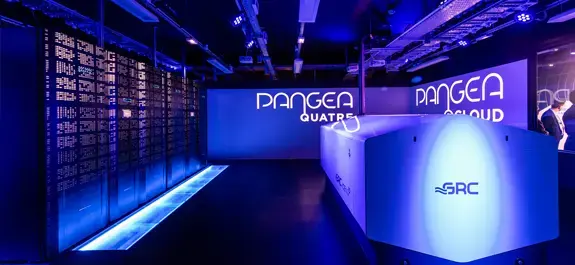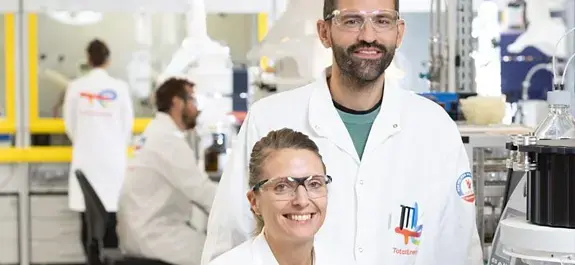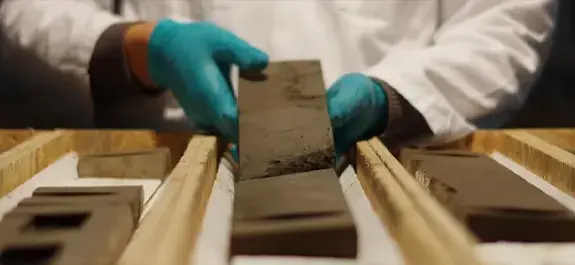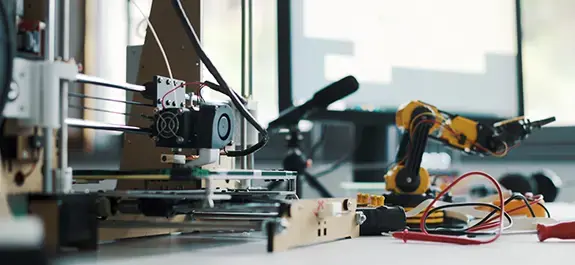
The CSTJF in Pau
The CSTJF, a multi-energy expertise hub
Located in Pau in the Béarn region (Pyrénées Atlantiques department) in South West France, the Jean Féger Scientific and Technical Center (CSTJF) is a center for research and expertise, and an integral part of TotalEnergies' multi-energy deployment strategy. With its state-of-the-art laboratories and High-Performance Computer, Pangea 4, the CSTJF is a key player in future energies.
With its 2,500 employees from around 60 countries, our internationally-renowned center is a real melting pot that encompasses all the different Company entities and professions from the energy production value chain. The site comprises a 27-hectare, tree-lined campus designed to ensure the wellbeing of the employees who work there, and the closeness of the convivial work areas and laboratories makes exchanges between experts a lot easier. The successful integration of multidisciplinary know-how is crucial to ensuring that our ability to innovate remains intact and that we give an adequate response to the new challenges that the energy sector must tackle on the road to sustainable energy.
From an historic industrial basin for France and for the Company, the teams working in our technological excellence center tackle operational and R&D challenges on a daily basis, to support TotalEnergies’ affiliates and projects worldwide. The aim is to draw on our long-standing expertise in oil & gas activities, to support their economic and environmental efficiency, and use it to develop new energies or carbon capture and sequestration technologies, to fully contribute to the determined shift toward the energy transition that our Company has decided to make.
The CSTJF spearheads the OneTech branch at TotalEnergies, created in 2020 to incorporate all its technical and scientific expertise to buoy up its transformation.
Closely linked to the Béarn region and to Pau since the discovery of the Lacq gas field (see the page on Our history), the CSTJF is also a major player in the socio-economic dynamics of the region, and a partner in its sustainable growth.

At the CSTJF, technology and power come together
A real international hub, the Pau campus focuses its strategy on innovation to push back technological boundaries and lay the groundwork for the energy of tomorrow. The CSTJF designs first-rate solutions, right here, right now.

Pangea 4

Research & Development

The corehouse
